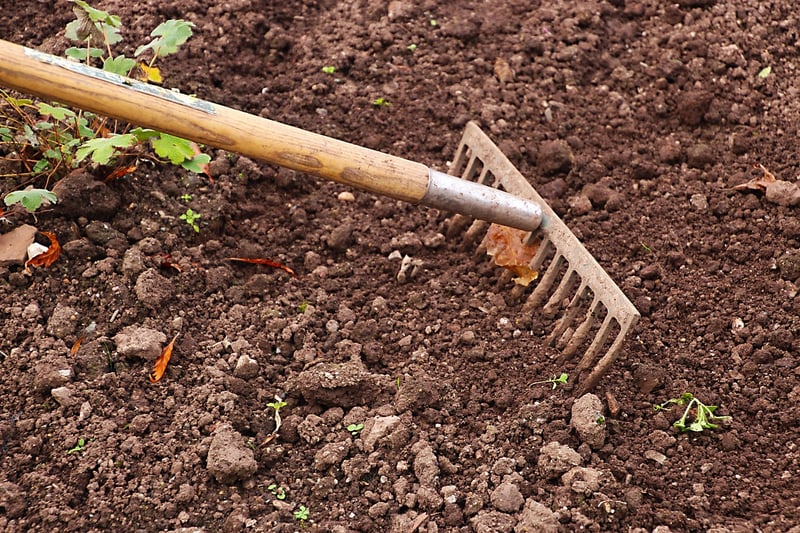Pruning Techniques
Keeping Your Garden Healthy: Essential Pruning Techniques
Having a thriving garden requires more than just planting and watering. Pruning is a crucial aspect of garden maintenance that helps promote plant growth, enhance aesthetics, and prevent diseases. Here are some essential pruning techniques to keep your garden healthy:
1. Deadheading
Deadheading is the process of removing spent flowers from plants. This technique not only improves the appearance of the plant but also encourages new blooms. Use clean, sharp pruners to snip off the dead flowers just above a set of healthy leaves or buds.
2. Thinning
Thinning involves removing excess growth to improve air circulation and light penetration within the plant. This technique helps reduce the risk of diseases by eliminating crowded areas where pests and pathogens thrive. Trim back overgrown branches to maintain a balanced and open structure.
3. Heading Back
Heading back is the practice of cutting back a portion of a stem or branch to promote new growth. This technique is useful for shaping plants, controlling size, and rejuvenating old or leggy growth. Make cuts just above a set of healthy buds to encourage branching.
4. Crown Thinning
Crown thinning is specifically used for trees to remove selective branches within the crown. This technique helps improve light penetration, air circulation, and overall tree health. Avoid removing more than 25% of the tree's crown to prevent stress and damage.
5. Rejuvenation Pruning
Rejuvenation pruning is a drastic technique used to revive overgrown or neglected plants. It involves cutting the entire plant back to a few inches above the ground. This method stimulates new growth and restores the plant's vigor over time.
6. Timing
It's important to prune plants at the right time to avoid stress and promote healthy regrowth. Research the specific pruning requirements of each plant species as timing can vary based on whether they bloom on old or new wood.
By incorporating these essential pruning techniques into your garden maintenance routine, you can ensure healthy growth, vibrant blooms, and long-term plant vitality.

Remember, proper tools and techniques are key to successful pruning. Invest in high-quality pruners, loppers, and saws to make clean cuts and avoid damaging plants. Happy pruning!
